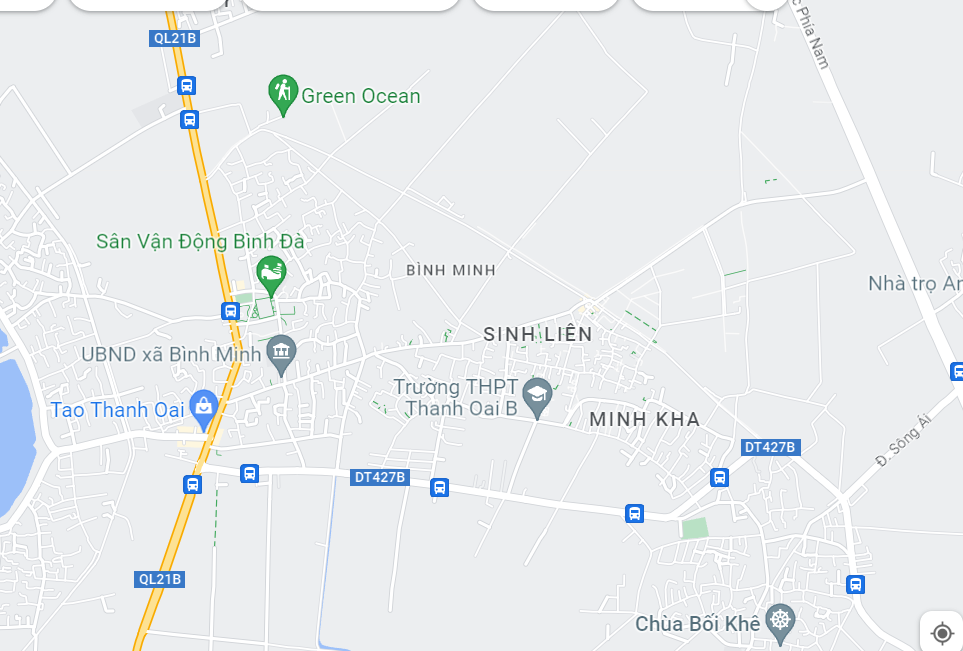Mastering Price Action Trading: The Complete Guide for Stocks, Forex & Crypto Trading 2025
So, the last two hours will be suitable for analysis to discover important levels. Other popular combinations to trade with price action are the Fibonacci levels, and price channels, VSA analysis, margin zones, option levels, indicators-oscillators. If you are going to base your trading strategy on this indicator, you should apply supplementary tools to filter the signals of buy or sell trades. What many traders look for isn’t just price movement—it’s the moment the structure starts to shift. These transition zones are often the most attractive and strategic opportunities to enter a trade. Support levels represent price points where a currency pair has consistently found buyers, preventing it from falling further.
What are common price action trading mistakes to avoid?
- Having read this article, you should first decide if you like such an approach to the price chart analysis or not.
- If a price is on a clear downturn, with lower highs being consistently created, the trader might look to take a short position.
- The inverted head and shoulder formation works the same way, but could appear at the end of a bearish trend, reversing it into a bullish direction.
- Resistance, on the other hand, is a price level where selling pressure is strong enough to prevent the price from rising further.
One of the great things about Price Action is its adaptability—we can use it across all timeframes to match our preferred trading pace. While Price Action trading is a powerful strategy, it’s not without risks. One of the main challenges is the subjective nature of interpreting price movements.
What are the Types of Trades Price Action Traders Take?
An asset is usually considered overbought when the RSI is above 70 and oversold when it is below 30. When the RSI is below 30, the price is in the lower area relative to where it traded in the last 14 periods. When the indicator is above 70, the price is in the upper zone relative to where it traded in the last 14 periods. The Fibonacci indicator, also referred to as the Fibonacci retracement levels, is a basic tool included in most trading platforms by default. The shadow of the second candlestick should not break through level 61.8 of the same Fibonacci retracement. I identify a double bottom candlestick within this correction, it is marked with purple.
- I began trading the markets in the early 1990s, at the age of sixteen.
- The Relative Strength Index (RSI) measures where the price is in terms of its 14-period price range.
- By signing up as a member you acknowledge that we are not providing financial advice and that you are making the decision on the trades you place in the markets.
- In price action trading, you have to seek patterns and recognise the key indicators that can influence your investments.
- Gaps often show a powerful sentiment at work in the market—excitement over good news or panic selling.
- In an uptrend, for instance, we might see a flag pattern where the price moves sideways or slightly downward, forming a small channel.
I was fortunate enough in my early twenties to have a friend that recommended a Technical Analysis course run by a British trader who emphasized raw chart analysis without indicators. Having this first-principles approach to charts influences how I trade to this day. Holding over 16 years of experience in global financial markets, and 4 B.A.
Consistent practice on a demo account is crucial, as it allows us to apply what we’ve learned without risking real money. Keeping a trading how to trade price action in forex journal to track our progress and learn from mistakes is another valuable tool for growth. Joining trading communities or learning from experienced traders can also accelerate the learning curve by providing insights and feedback.
For example, if the bar has a long lower tail, it indicates the trend where lower prices were being rejected. Stochastic oscillator The Stochastic Oscillator measures the position of a closing price relative to its high-low range over a specific period. Readings above 80 or below 20 suggest overbought or oversold conditions, respectively. If the price and Stochastic Oscillator move in opposite directions, it may indicate a divergence. The belief is that this price action reflects all the variables (news events, economic data, etc.) that influence price and cause it to move.




